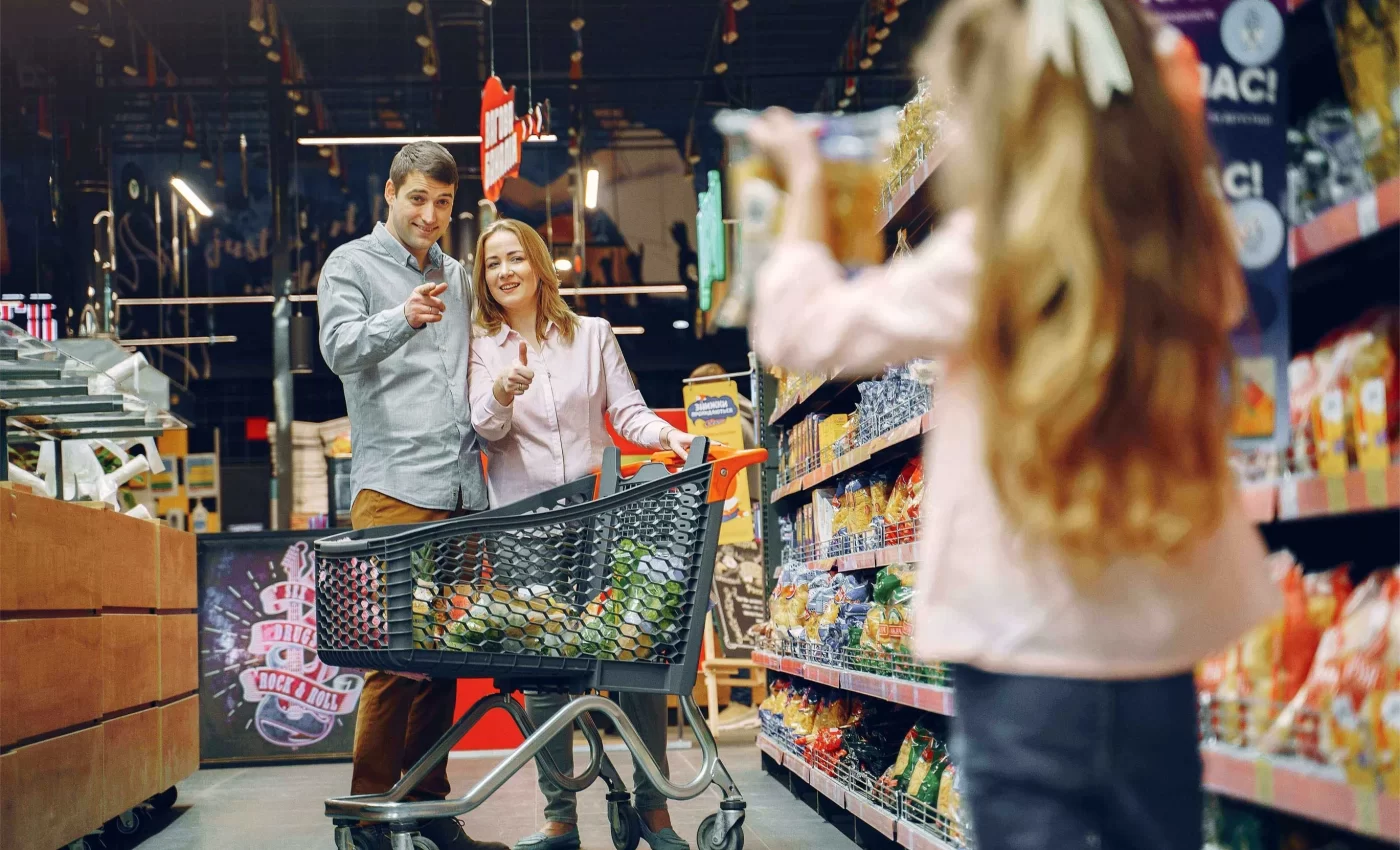Retailtainment involves using entertainment features within an establishment to attract shoppers and drive sales. This may include classes, demonstrations, refreshments or other in-venue events that drive consumers.
Retailtainment Provides Brands With Differentiation In a Competitive Market
Retailtainment offers brands a unique way to differentiate themselves in an increasingly competitive marketplace and attract customers. As well as creating customer loyalty, retailtainment also helps drive increased sales through longer dwell times and spends.
In-Store Entertainment
Retailtainment can be an effective way to engage customers and keep them interested in your brand. By encouraging customers to spend longer amounts of time in your store and increasing sales opportunities for you, retailtainment may also create loyal customers that promote your business for you!
Millennials have drastically transformed consumer behaviors by favoring experiences over material objects, so retailers need to provide ways for them to have fun while shopping. Retailtainment features such as gaming areas and lounges where customers can sit back, relax and connect to the internet can help retailers do this effectively.
Retailtainment includes activities like offering painting classes at a craft supply store, photography lessons at camera and smartphone retailers or cooking demonstrations at grocery stores – activities which will make your business stand out against online competitors and enhance the shopping experience for visitors to your store. As more positive experiences at your store occur for shoppers, they will likely return and recommend you to their friends and family members.
Online Entertainment
Online entertainment enables consumers to enjoy movies, TV shows, music and games from the convenience of their homes. Many streaming services customize content based on users’ viewing habits and preferences to deliver a tailored viewing experience.
This market is driven by increasing adoption of digital technologies and decreasing data prices. Furthermore, smartphones and tablets allow people to access online content easily on handheld devices.
Online entertainment platforms should use clear and transparent communication about pricing and content availability to enhance customer experiences. They should use social media for announcements, behind-the-scenes footage sharing, Q&A sessions and two-way conversations that foster a sense of community while building trust with their audiences – these elements of entertainment may help reduce customer frustrations while creating more positive experiences overall.
Experiential Marketing
Experiential marketing is one of the most powerful means of building brand loyalty, drawing from both traditional and digital forms of promotion while meeting consumers in their environment for face-to-face engagement.
Traditional advertising often fails to evoke emotional responses in its target audiences, making the experience feel generic or impersonal. Emotion-driven campaigns aim to create personal experiences with high-touch products like food or bedsheets where an additional personal element sets brands apart from competitors.
Before beginning an experiential campaign, brands should conduct an in-depth customer base analysis in order to determine which type of experience will resonate with their customer base and which social media metrics can provide insight into what type of experiences will resonate most with your target market. Leverage this data as well to gauge which types of experiences may prove most popular with your target demographic – then amplified them through your channels!
Brand Experience
While online shopping has certainly seen tremendous growth, physical stores must differentiate themselves from their competition by appealing to customers seeking something other than just products. Retailtainment can be an effective strategy for drawing in customers by providing enjoyable and unique experiences they won’t find elsewhere.
Soft Play’s Stomp activity, for instance, offers visitors an interactive race against each other by stomping on their feet in competition – creating an experience that strengthens community bonds while building brand recognition among young shoppers eager to return.
Retailtainment includes in-store events, classes and food and drink services for shoppers’ refreshment while shopping. Some retailers even provide in-store catering so busy parents don’t need to bring snacks for their children’s snacks! Retailtainment may even involve technology like ordering kiosks or virtual reality devices!









